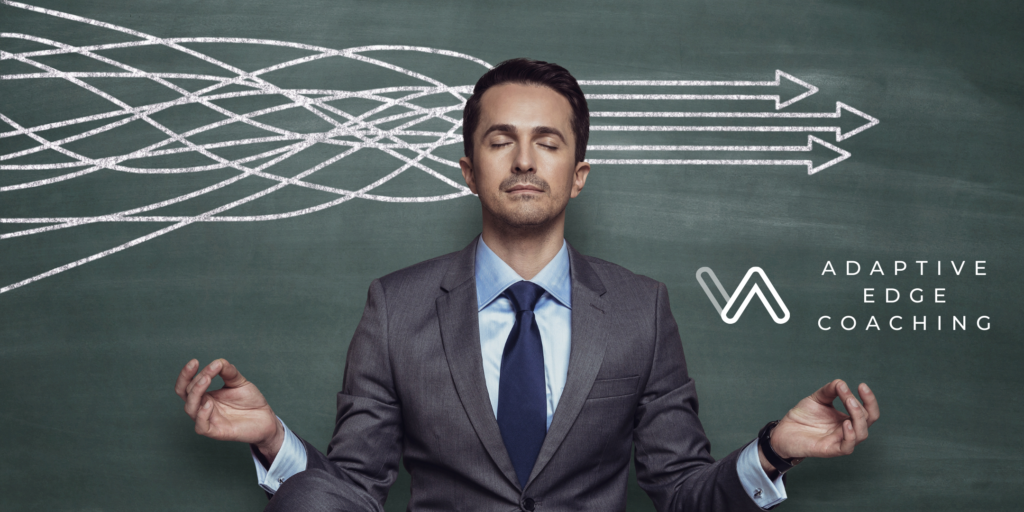“Every thought has a propellant, and that propellant is an emotion.” – Robert Wright, Why Buddhism is True.
Mindfulness meditation helps us delve deeper into the mind and reflect openly and honestly about our thoughts and emotions. It also has tremendous benefits for improving things like attention span, pain tolerance, and emotional reactivity. Mindfulness involves watching and observing thoughts and emotions without judgment and without attaching to them; you are letting those thoughts come and go as if they were waves on the beach. If we keep having repetitive thoughts, the task is not to rid the mind of those thoughts. Instead focus your energy on detaching from them and observing them as they cycle through, and develop a curiosity about where these thoughts are coming from.
By noticing the patterns of our minds, we will be more empowered to break those unhealthy thought cycles. In addition, if we practice mindfulness, we can soon realize that these thoughts are propelled from outside of our consciousness and control, and as psychologist Robert Wright points out, that these thoughts are propelled by emotions.
But where do the emotions come from? According to social and evolutionary psychologists, emotions are tools for social communication and feedback and arise for evaluative purposes between identities in interaction. Perhaps, while meditating, someone observes that they are constantly thinking about their schoolwork, and this is driven by anxiety. After continuing to sit, and those thoughts pass, thoughts of the destruction of the environment begin to dominate their mind, fueled by feelings of anger and sadness. In this simple example, they can see that the student role identity and environmental personal identity are very prominent in their life. If someone is having thought and emotion patterns that are maladaptive and unhealthy, reflecting on their identity using the tools of mindfulness meditation is key to beginning the identity reconstruction process. As you will see next, mindfulness comes in many forms, but there are some common principles that you can learn in order to start right away.
The three keys of mindfulness meditation.
Mindfulness can be practiced in various ways, from honing in on the breath to mantra-focused repetition to walking in nature. I encourage you to try out different methods, but no matter what, the key tenets of mindfulness remain the same, and you must internalize them. They are intention, attention, and attitude.
- Your intention is to cultivate awareness and keep returning to it once it is lost
- Pay attention to what is occurring in the present moment, and observe your thoughts, feelings, and sensations as they arise.
- Keep an attitude that is non-judgmental, curious, and kind
Having trouble? This could be why.
In our resistance to meditation, we can also learn about how we escape from unpleasant feelings. If, while meditating, you are driven to check social media or eat chocolate, for example, this is a clear sign that you are avoiding an emotion. Many people have a very hard time facing certain emotions while meditating and while this could be due to many reasons, something that is consistently true for early meditators is the fear and resistance to the notion that we have a self, and not that we are ourselves. In order to succeed in mindfulness meditation, you have to accept that you do not have complete control over your thoughts and emotions and that your conscious self is, at best, a manager doing his best to keep up. Taking a step back through mindfulness, then, is like giving yourself a break at the water cooler so you can get back to work with more clarity. Since mindfulness is all about nonattachment, clinging to the idea that you control your thoughts and emotions will make mindfulness meditation impossible.
Stick with it!
The good thing about sticking with mindfulness and overcoming the urge to check social media or eat some chocolate is that this simple practice will make you more resilient in everyday life as well. We gain a new ability to “ride the wave” of intense emotions like anxiety, fear, and anger until they subside. Soon, those waves become smaller and smaller. The most important thing is to stay with it!
If you enjoyed what you read and you are interested in how this practice can help you in your own personal life, contact me at greg@adaptiveedgecoaching.com. I am a highly recommended personal development coach and can teach you the benefits of this practice and the best ways to implement it in your everyday life. If you are interested in learning more about other styles of meditation, check out our blog series on mediation!

